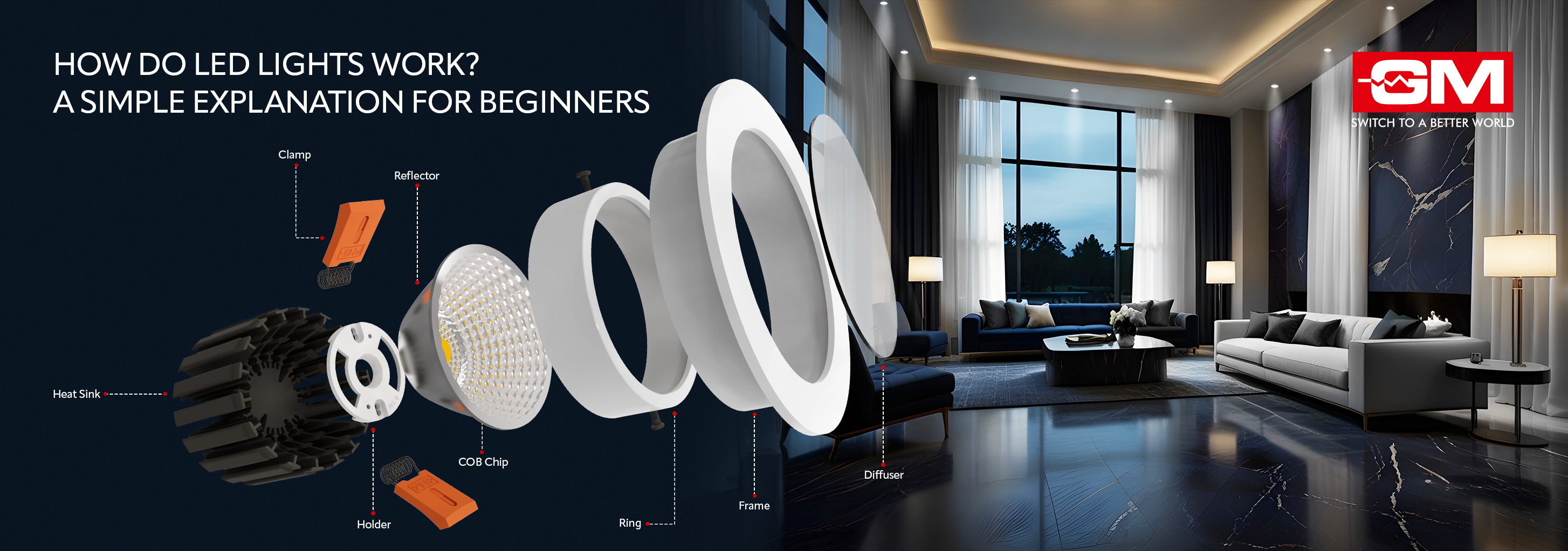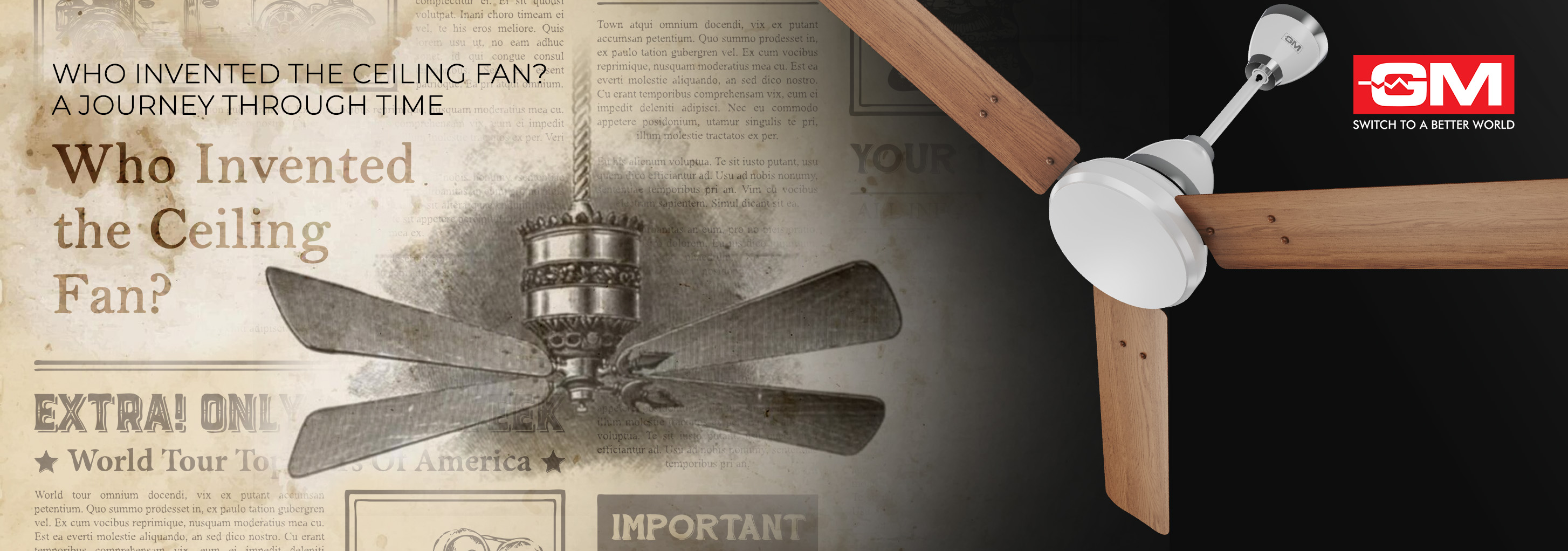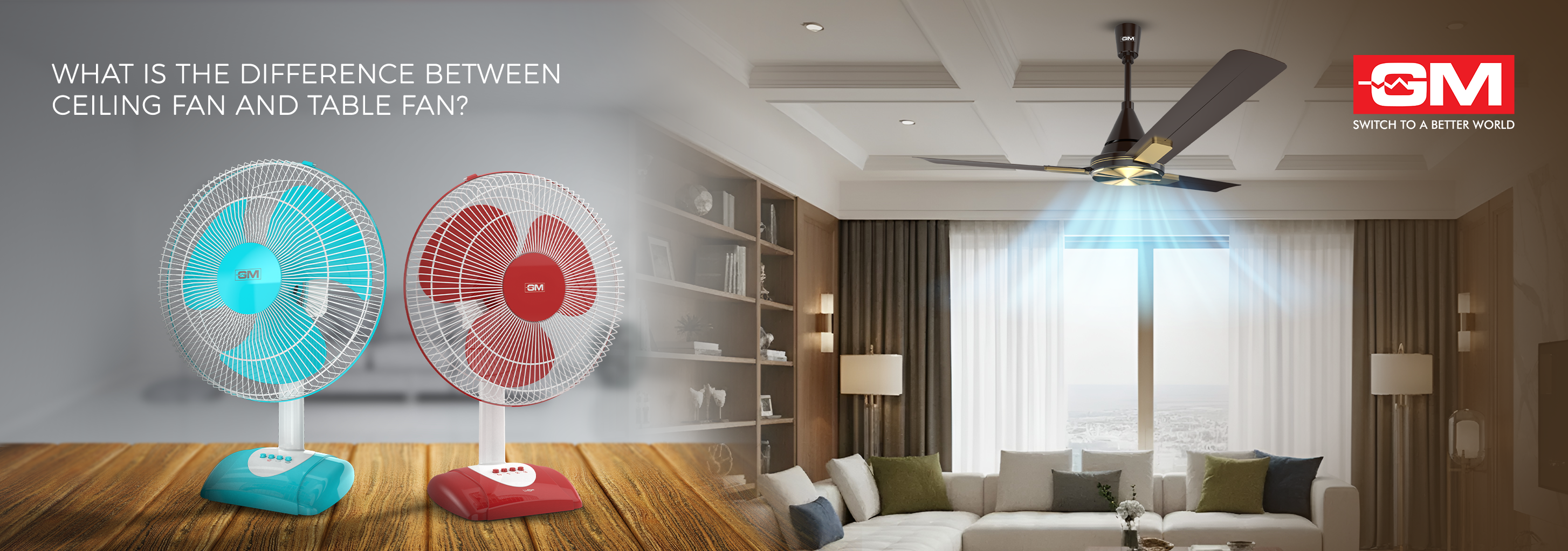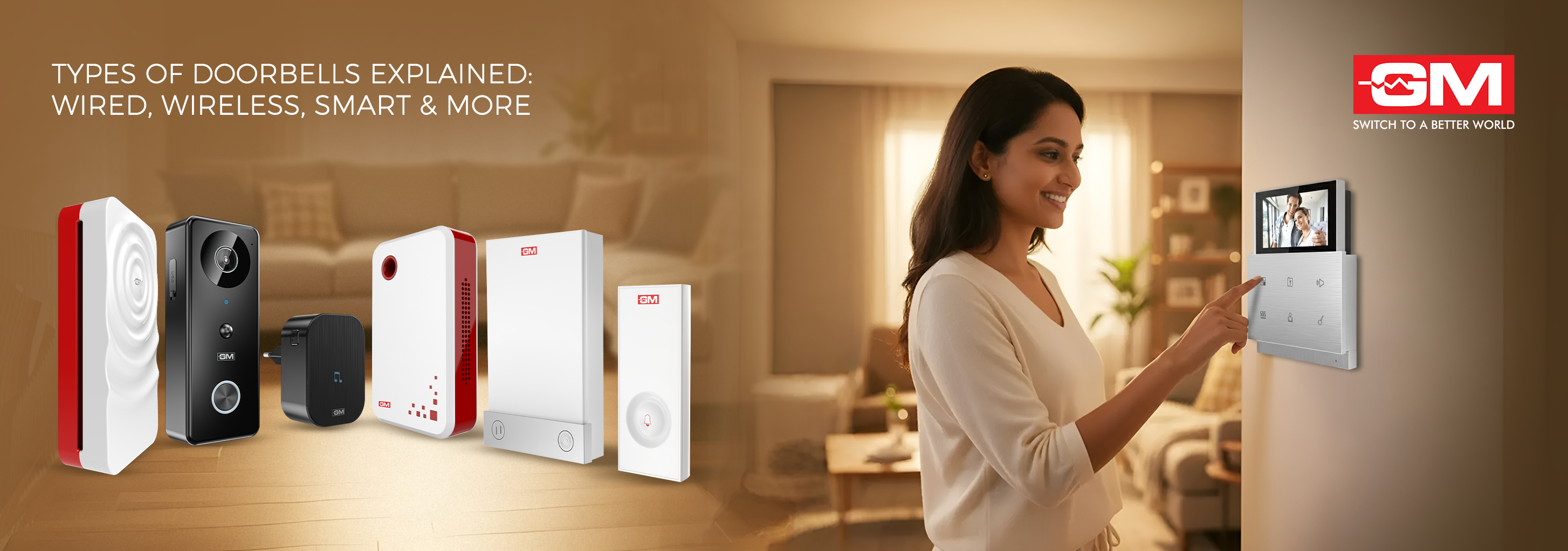Blog
How Do LED Lights Work? A Simple Explanation for Beginners
Updated on Apr 2025

In the vast world of lighting technologies, LED lights stand out as a beacon of efficiency and innovation. LED, which stands for 'Light Emitting Diode', has transformed how we illuminate our spaces. But how do these tiny sources of light work? This blog aims to demystify the science behind LED lights in a way that's easy to understand for everyone. Whether you're a curious homeowner or an aspiring engineer, here's everything about how LED lights work.
Understanding the Basics of LED Functionality
At its core, an LED is a semiconductor device that converts electricity into light. Unlike traditional incandescent bulbs that require a filament, LEDs use a semiconductor material to produce light. This material is composed of two layers: the p-type layer, which has positive charge carriers, and the n-type layer, which contains negative charge carriers.
How LEDs Emit Light
When electrical current flows through an LED, it passes from the n-type layer to the p-type layer. At the junction of these two layers, electrons from the n-type layer combine with holes from the p-type layer, resulting in a phenomenon called recombination. During recombination, energy is released in the form of photons, which we see as light. The color of the light depends on the energy band gap of the semiconductor material used in the LED.
The Efficiency of LEDs
One of the standout features of LEDs is their efficiency. They are capable of converting a large portion of energy into light, making them much more efficient than traditional bulbs that emit a lot of their energy as heat. This efficiency not only saves energy but also reduces the heat emitted, making LEDs cooler and safer to handle.
Colour Creation in LEDs
LEDs can emit light in a spectrum of colours, which is determined by the semiconductor material used. For instance, using different materials like gallium arsenide or gallium phosphide allows LEDs to produce colors from red to green. White LEDs are typically created by coating blue LEDs with a phosphor material that absorbs some of the blue light and emits a broader spectrum, resulting in white light.
Applications and Advantages
The applications of LED lighting are diverse, ranging from residential and commercial lighting to automotive and street lighting. Let us discover the numerous advantages LEDs offer.
- Energy Efficiency: LEDs consume significantly less power than traditional lighting, which translates to lower electricity costs.
- Longevity: LEDs have a much longer lifespan, often lasting tens of thousands of hours before needing replacement.
- Durability: Without filaments or glass enclosures, LEDs are break-resistant and hold up well against vibrations and other impacts.
- Compact Size: The small size of LEDs allows them to be used in much more compact and innovative designs.
- Low Heat Emission: LEDs emit very little heat compared to incandescent bulbs, making them safer for a wide range of applications.
Know more about why LED lighting is the smarter choice for your home. Check out the Top 7 Benefits of Switching to LED Lighting and make the switch today!
The Future of LED Lighting
As technology advances, the potential for LED lighting grows. Innovations in LED technology continue to enhance their efficiency, colour range, and applications. Whether it is in smart home technology, eco-friendly lighting solutions, or adaptive automotive headlights, LEDs are at the forefront of lighting innovation.
Understanding how LED lights work helps us appreciate the brilliance behind their simplicity. As we increasingly use LED technology, its benefits, like saving energy and improving aesthetics, make it a popular choice for the future of lighting. So, make the smart choice and add LED lights from GM Modular to your space now!
Also Read: All You Need to Know About LED Lights For Your Home
Related Blogs

Who Invented the Ceiling Fan? A Journey Through Time
Ceiling fans are a quiet yet transformative part of life at home, offering comfort, style, and energy savings all year round. But not many of us know about the invention of the ceiling fan and how this humble device revolutionised modern living. To a
Read More
What is the Difference Between a Ceiling Fan and a Table Fan?
Fans are easy to use and save energy, so most people use them to keep a room cool and comfortable. But before you buy one, you should know what makes a ceiling fan different from a table fan. They both move air, but they do it in very different ways
Read More
Types of Doorbells Explained: Wired, Wireless, Smart, and More
A doorbell is one of the most important parts of a home or office, but it's also one of the most common things that people forget about. It not only lets visitors know you're home, but it also makes your space more convenient, safe, and stylish. The
Read More
How to Use a Steam Iron Safely and Effectively?
No matter if you're going to work, a meeting, or a party, wearing a crisp, wrinkle-free outfit can boost your confidence right away. But you need to know how to use a steam iron correctly to get that perfect finish. A steam iron isn't just another ap
Read More